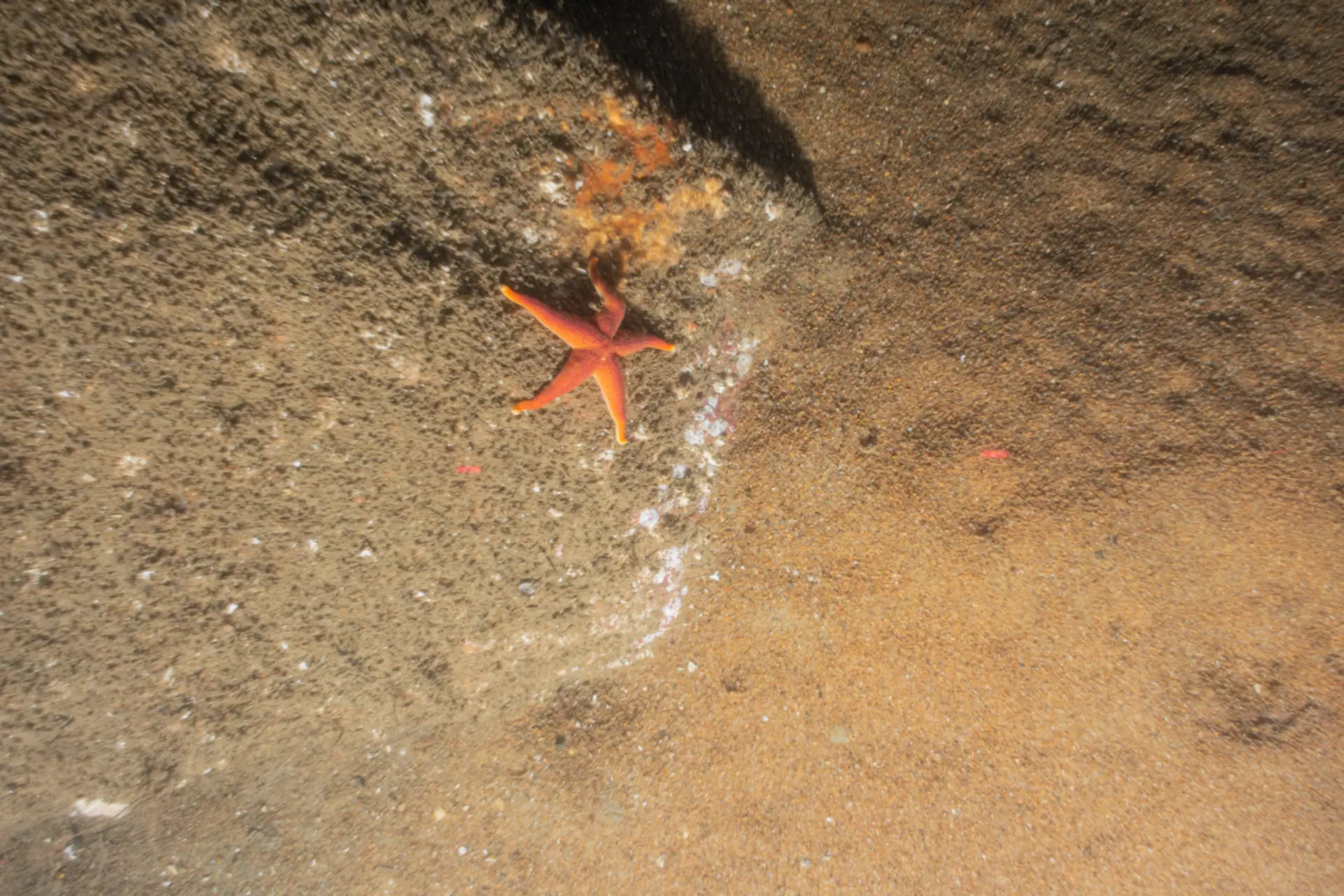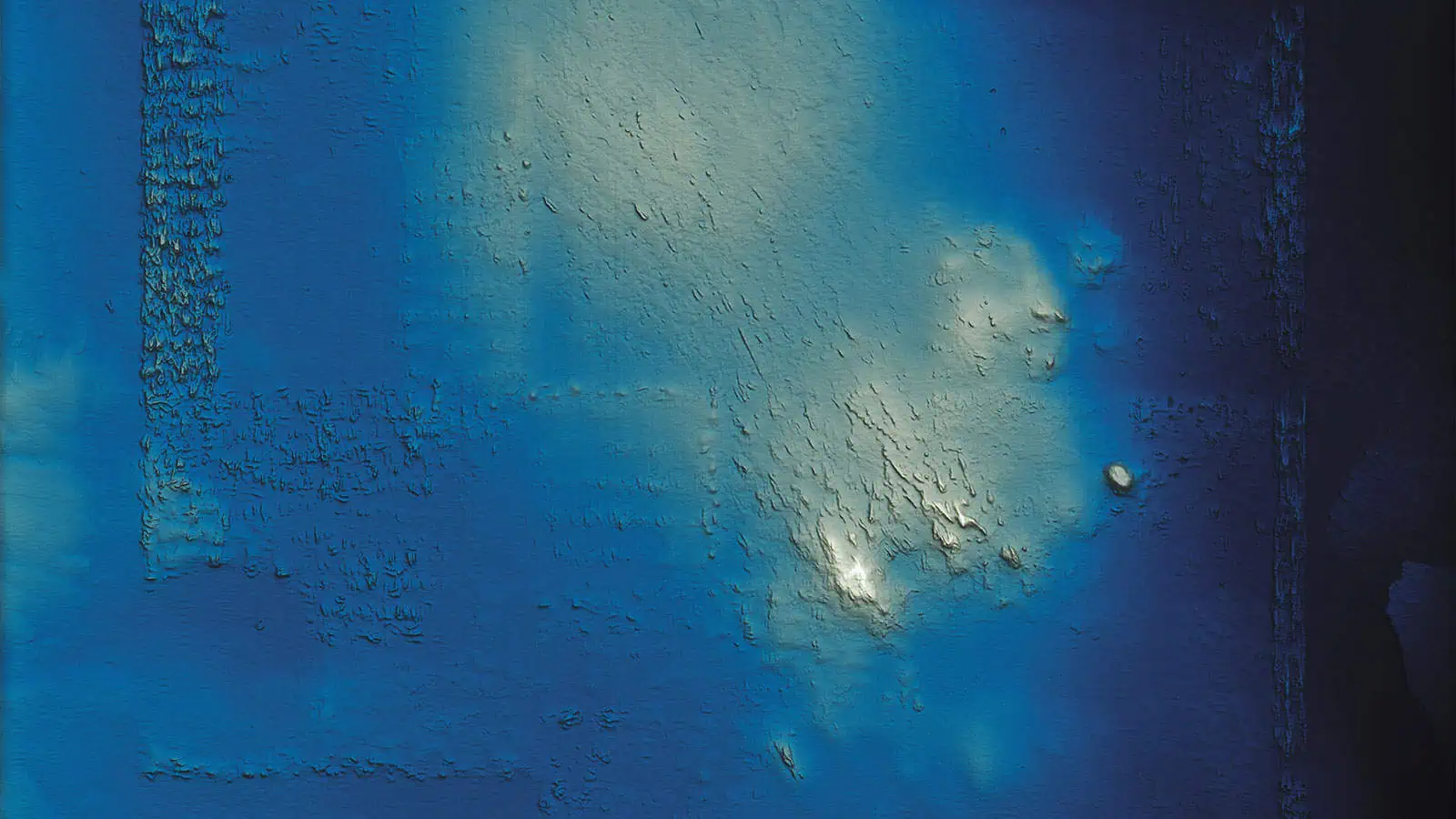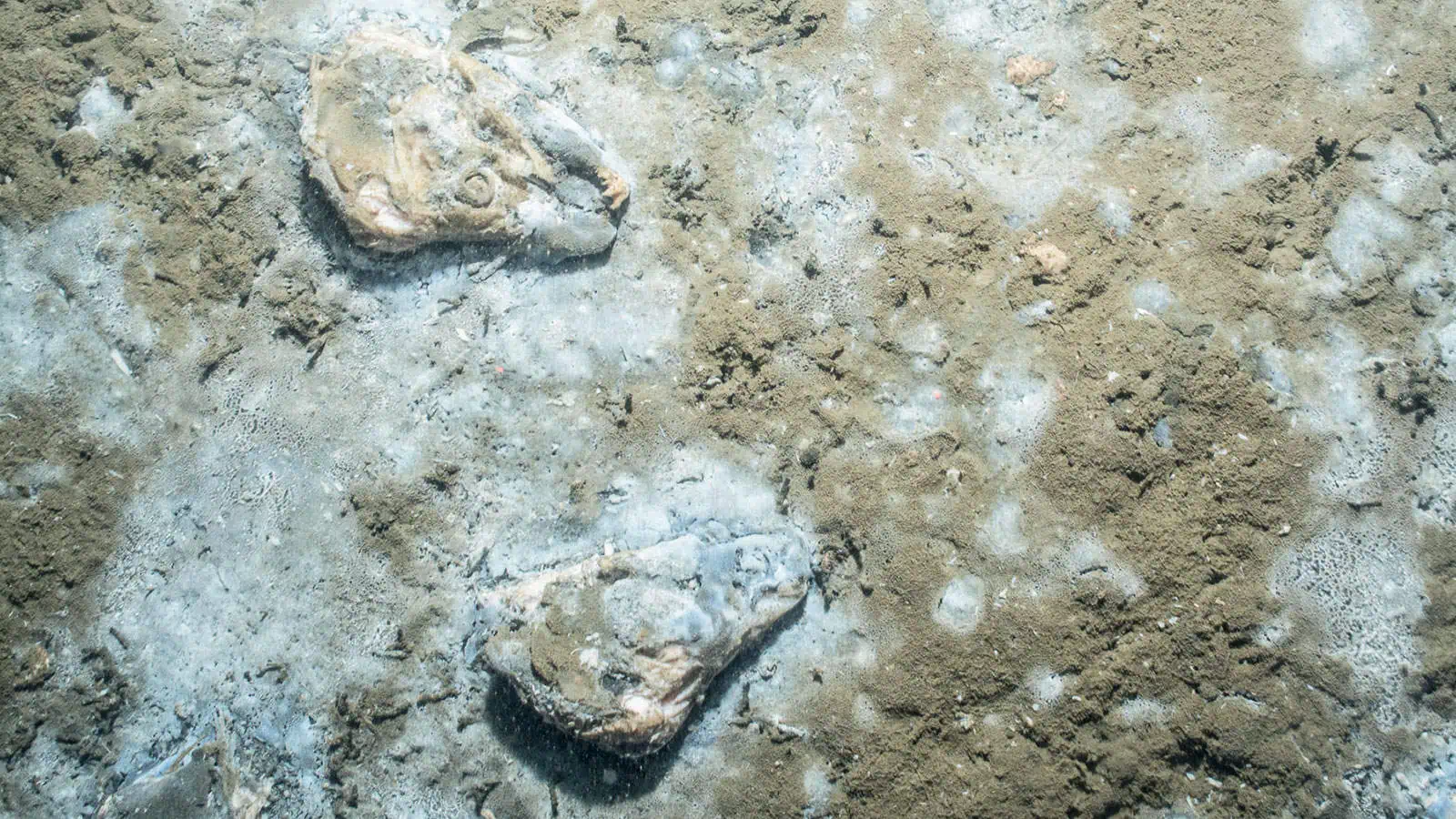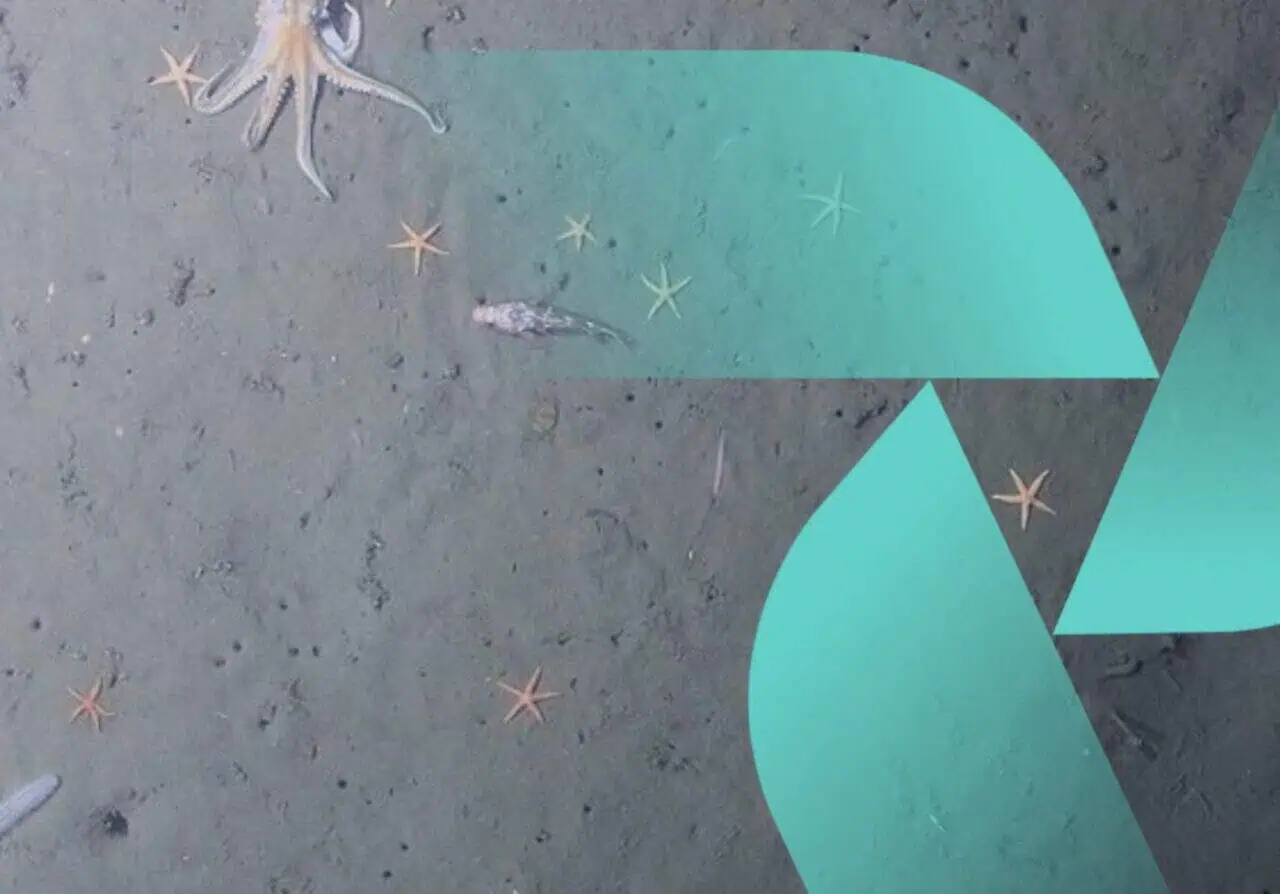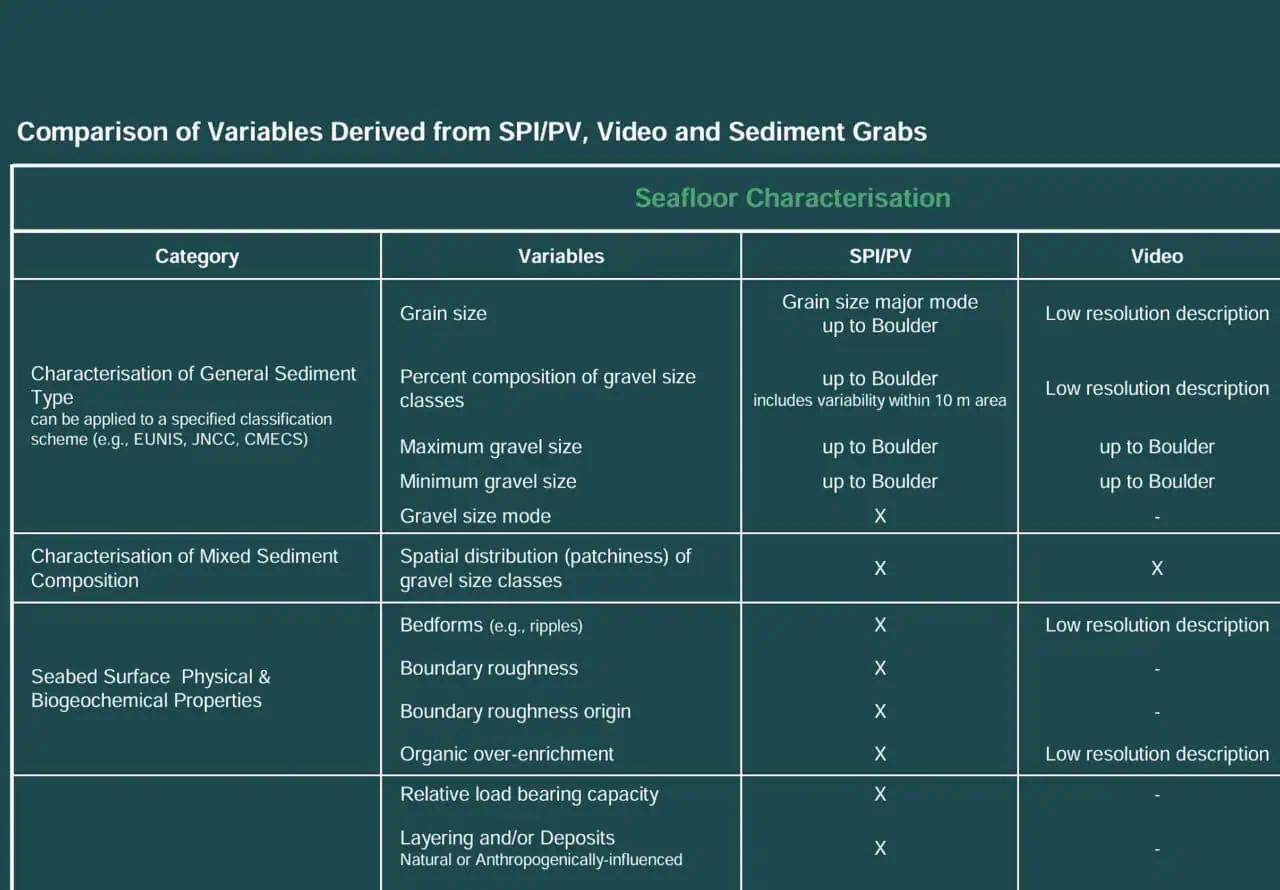Sediment profile Imaging/Plan View (SPI/PV) Surveys
SPI/PV surveys combine traditional drop-camera technology (PV) with novel optical cores of the seafloor (SPI) to allow for rapid data acquisition during field sampling (the camera is literally “pogo-sticked” across the seafloor), and the collection of a robust data set of images where seafloor features are quantified to assess benthic health and function. This ecological information is then conveyed in a format that most people can easily understand: a picture.
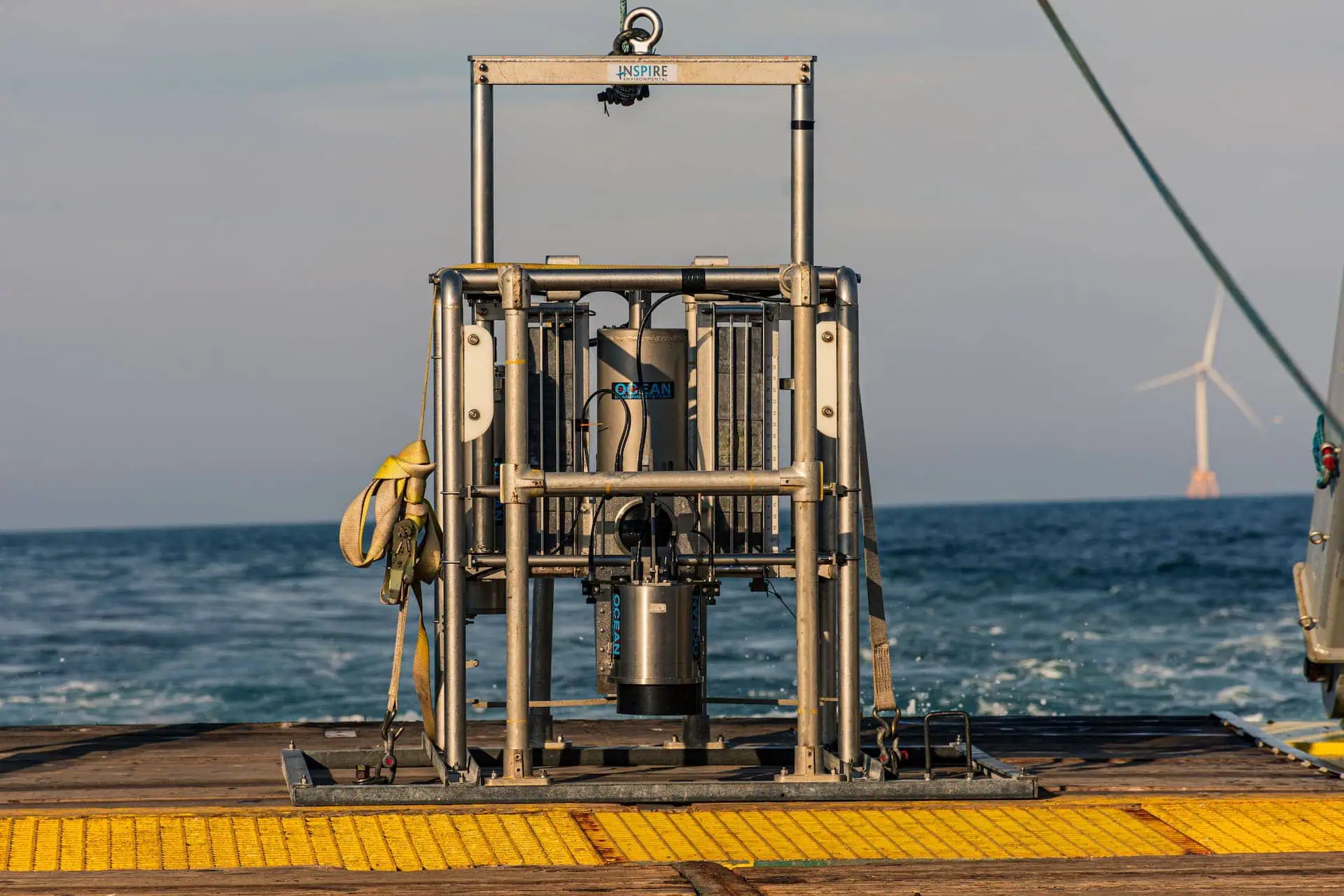
The SPI/PV system is a versatile instrument that can be deployed from many platforms, including small vessels with a davit. This image-based approach can deliver answers in near real-time on the vessel, allowing for increased sampling at a lower cost and the ability to adaptively sample in response to unforeseen observations.
SPI/PV is a powerful and non-extractive approach for benthic habitat assessment that distinguishes itself from traditional benthic community sampling (grabs) by providing an integrated, multi-dimensional view of the benthic and geological condition of seafloor sediments. The approach to sampling allows for: rapid data collection (multiple SPI/PV replicates are captured per-station and it only takes ~5 min to survey a station; the system can then be towed between stations once deployed); and robust science (SPI/PV technology was developed in the 1970s and since then extensive scientific theories on benthic interpretation of SPI have been published in peer-reviewed literature) (Germano et al. 2011).
Our scientists invented SPI/PV technology, and our team offers the most experienced SPI/PV service available. We can provide SPI/PV surveys independently or in conjunction with geotechnical and geophysical surveys. Our benthic and cultural resource team work closely with data collected from such integrated surveys to offer a suite of holistic interpretations of the seafloor and marine archaeological resources, serving construction design and regulatory needs. This low-impact, image-based approach minimizes habitat disruption, making it especially well-suited for sensitive habitats.
SPI/PV Surveys
SPI provides detailed, high-resolution images of sediment layers, allowing clients to visually analyze sediment structures and features with great precision, and communicate finidings in a format that is easily understood: a picture.
Compared to traditional sediment sampling and laboratory analysis, SPI can be more cost-effective as it reduces the need for extensive physical sampling and subsequent analyses.
SPI captures a wide range of data including sediment texture, layering, and contamination. This comprehensive data helps in making well-informed decisions and analyses.
The SPI process is relatively quick, allowing for faster data acquisition and analysis compared to more labor-intensive methods. This can speed up project timelines and decision-making processes.
SPI/PV surveys offer the ability to review imagery in the field in real-time and execute preliminary data analysis, which can be particularly beneficial for immediate decision-making and adjustments during fieldwork.
SPI is a minimally invasive, non-destructive method of benthic sampling, meaning it can assess sediment profiles without disturbing or altering the sediment. This is crucial for maintaining the integrity of the sample and the environment.
Other Services
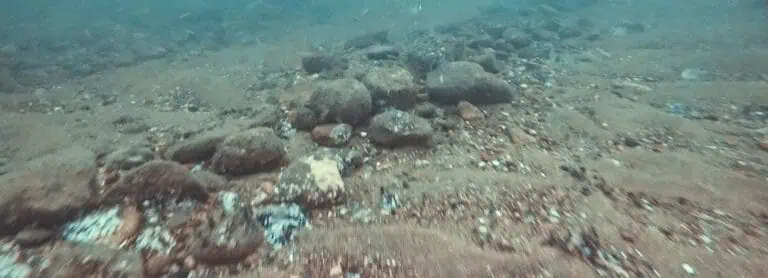
Towed Video Surveys
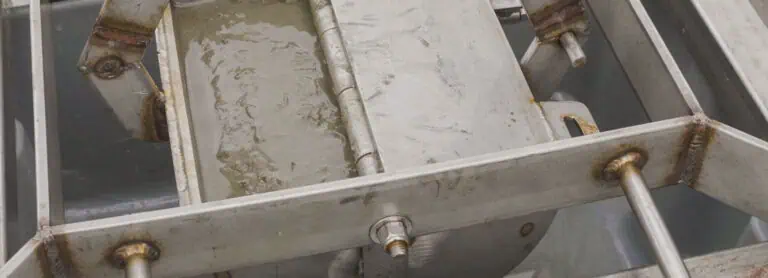
Sediment Grab Sampling
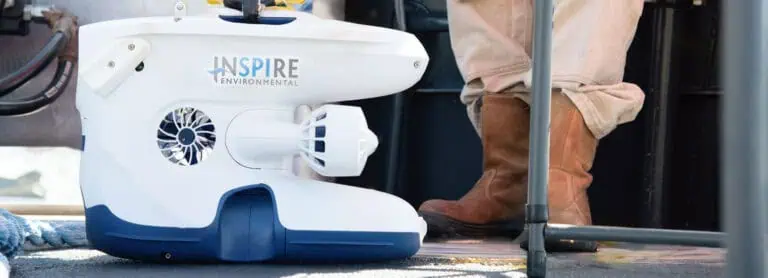
ROVs, High Resolution Video & 3D Photogrammetry
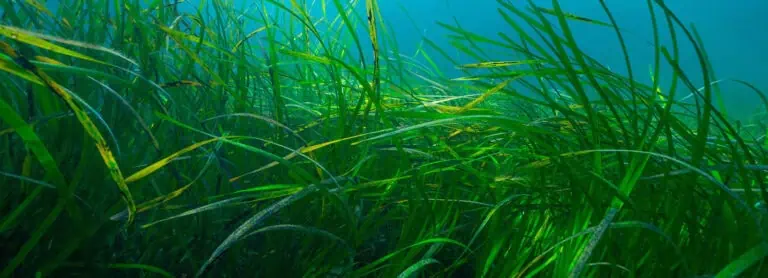
Submerged Aquatic Vegetation Surveys
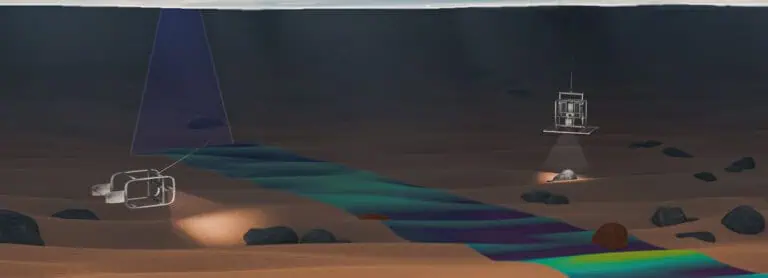
Forward Scouting
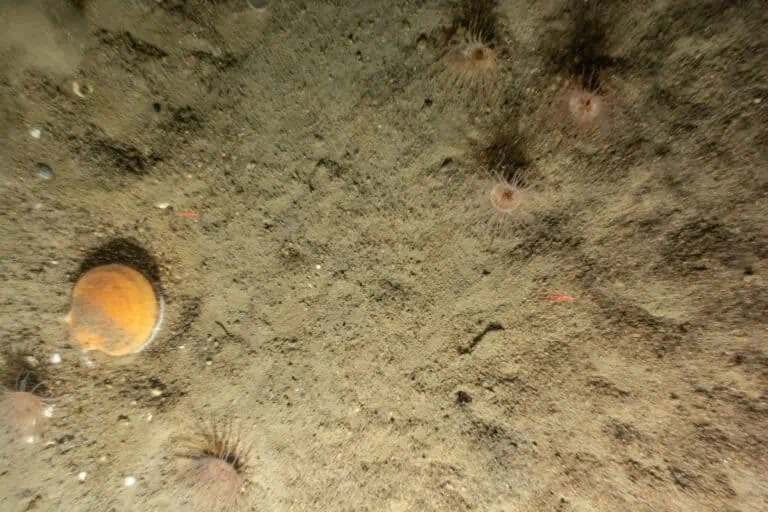
Benthic Resource Assessments
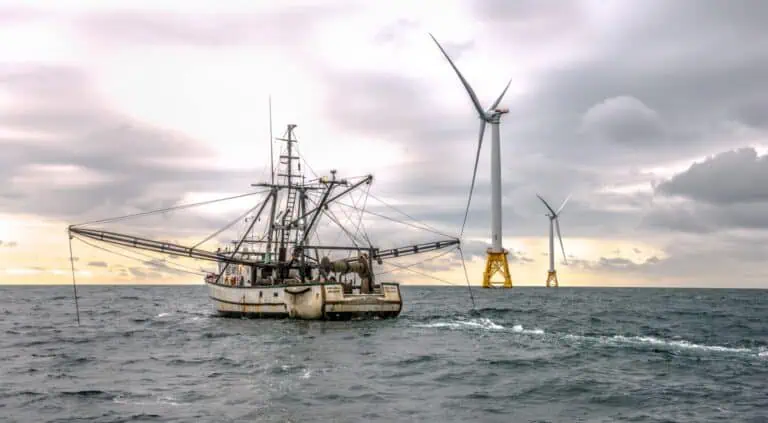
Trawl Surveys
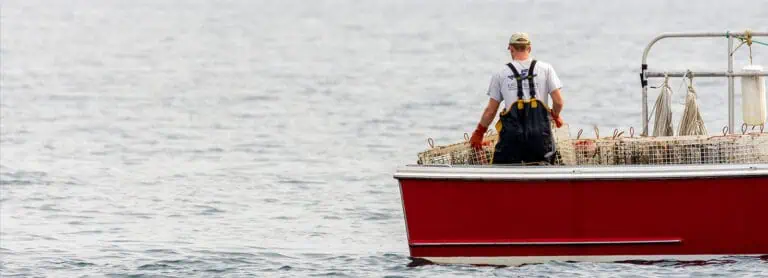
Trap and Fish Pot Surveys
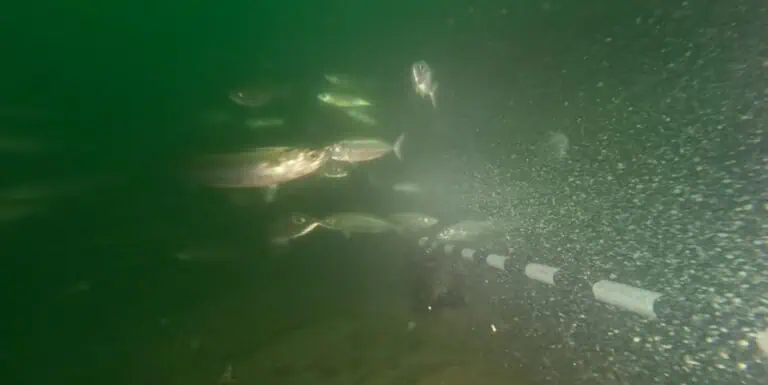
Baited Remote Under Water Video (BRUV) and Plan View (PV) Surveys

Environmental DNA (eDNA) Studies

